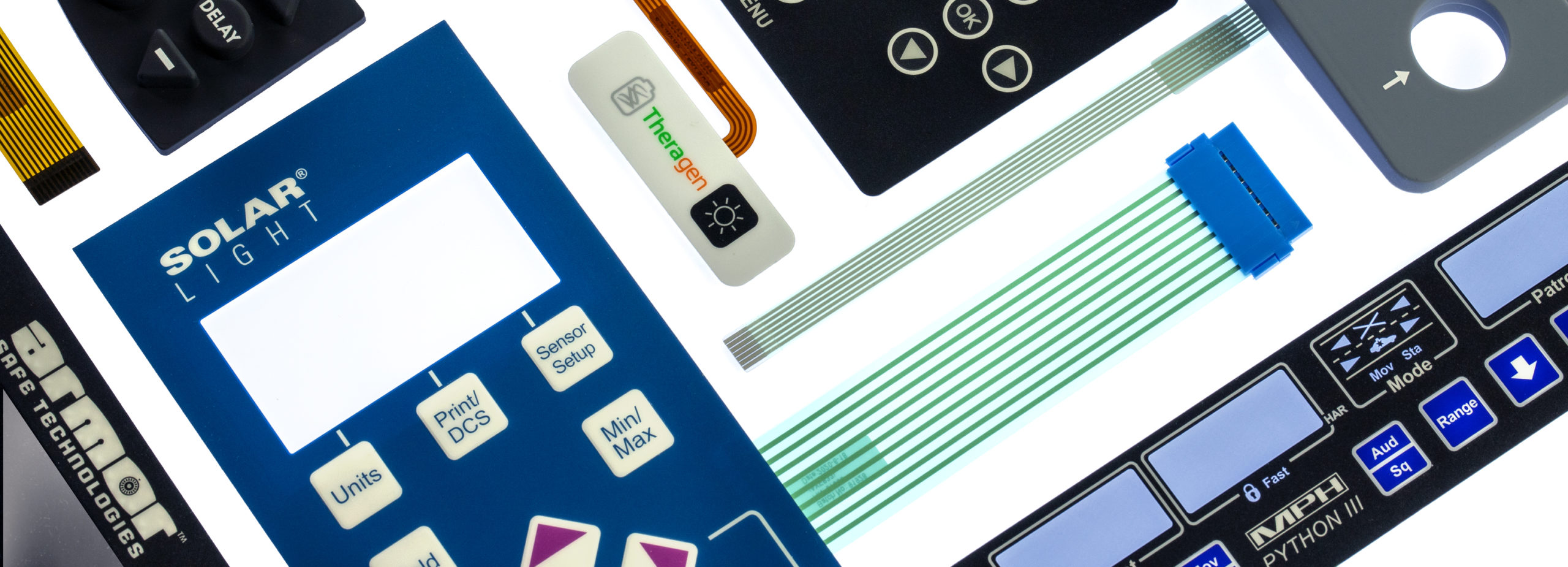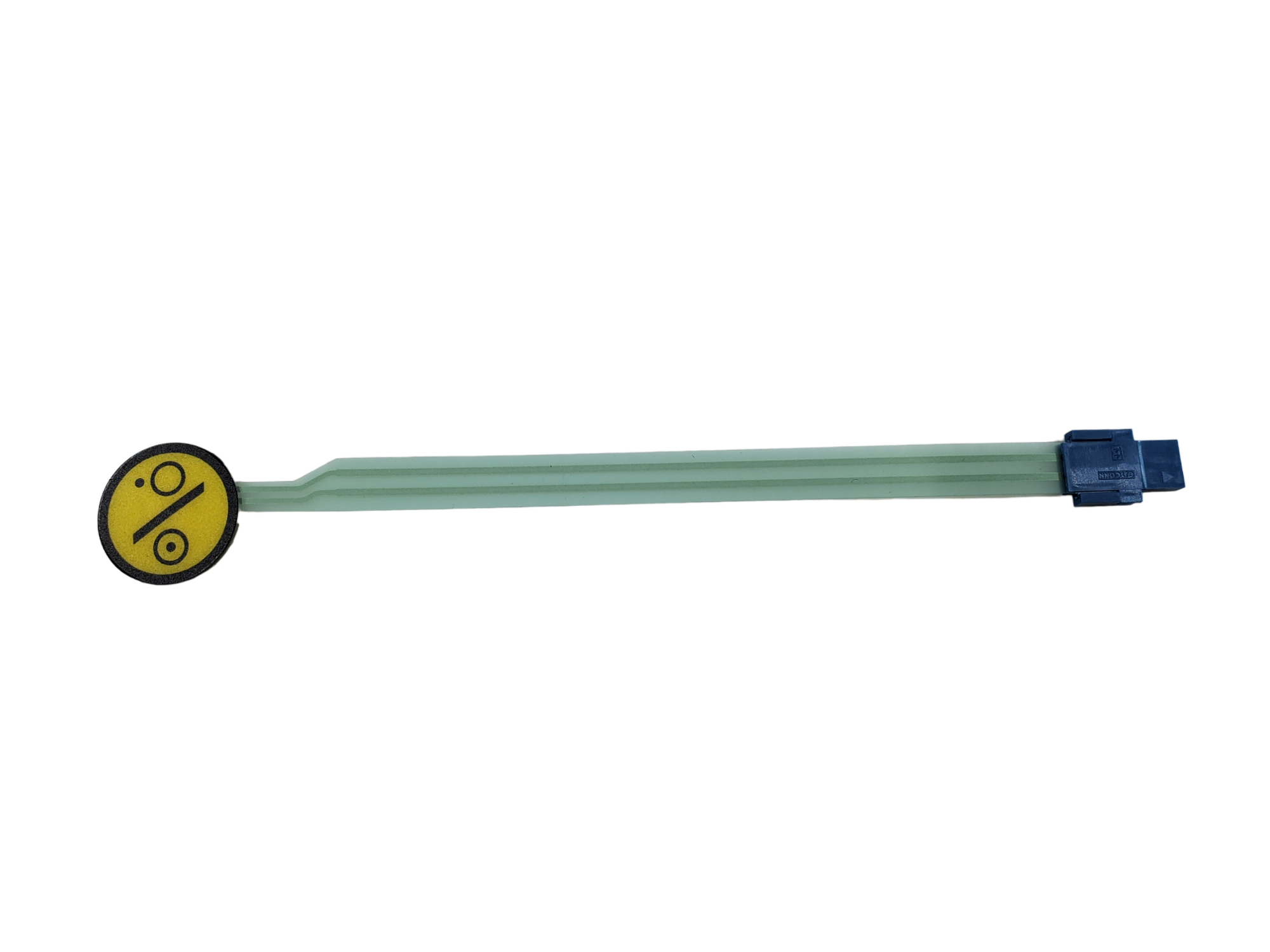How Membrane Switches Are Shaping the Future of Electronic Interfaces
How Membrane Switches Are Shaping the Future of Electronic Interfaces
Blog Article
Recognizing Membrane Layer Switches: The Trick to Reputable and long lasting Controls

What Are Membrane Switches?
Membrane buttons are an innovative solution in the realm of interface modern technology, incorporating functionality and design perfectly. These gadgets act as an interface between individuals and electronic systems, integrating a number of parts into a compact format. Usually built from adaptable, slim layers of products, membrane switches are designed to reply to touch, enabling users to communicate with equipment and digital tools properly.
The key components of a membrane layer button consist of a published circuit layer, graphic overlay, and a spacer layer that avoids unintentional activation. The graphic overlay can be customized to reflect brand identification or customer choices, improving appearances while guaranteeing functionality. Membrane switches are commonly made use of in numerous applications, including medical devices, customer electronic devices, and industrial equipment, owing to their sturdiness and resistance to ecological aspects such as moisture and dust.
One of the key benefits of membrane switches is their ability to withstand damage, making them suitable for high-traffic atmospheres. Additionally, they are lightweight and call for very little space, permitting for ingenious designs in item growth. In general, membrane layer changes represent a sensible and effective option for modern digital user interfaces, weding modern technology with user-centric layout concepts.
Exactly How Membrane Switches Over Job
The procedure of membrane switches over depend upon a straightforward yet efficient device that equates user input right into digital signals. These switches include multiple layers, commonly including a visuals overlay, a spacer layer, and a circuit layer. When a user presses the button, the leading layer deforms, enabling a conductive component in the circuit layer to reach a corresponding conductive pad on the bottom of the graphic overlay. This get in touch with closes the circuit and sends out an electronic signal to the tool, indicating that the switch has actually been turned on.
The layout of membrane layer buttons can vary, yet they typically include domes or responsive components to provide responses to the user, improving the general experience - membrane switch. The products utilized in membrane layer buttons, such as polyester or polycarbonate, add to their sturdiness and resistance to ecological variables, consisting of dampness and dirt. The printed circuits are typically encapsulated, which secures them from wear check this site out and tear over time.
Benefits of Membrane Layer Buttons

Furthermore, membrane switches are known for their sturdiness. Created from robust materials, they are resistant to dust, dampness, and physical wear, which significantly expands their lifespan compared to typical mechanical switches. This durability makes them particularly ideal for high-traffic environments and applications requiring longevity.
An additional significant advantage is the ease of cleansing and maintenance. The smooth surface area of membrane switches over decreases dirt accumulation and is usually unsusceptible spills, making them ideal for setups that call for regular sanitization.
Moreover, membrane layer buttons provide a structured account, leading to a thinner style that can be incorporated right into numerous gadgets without including bulk. This feature not just boosts the visual charm yet additionally adds to an extra ergonomic item style.
Applications of Membrane Layer Switches
Versatile and straightforward, membrane layer buttons locate applications throughout a large range of industries, consisting of medical devices, customer electronics, and commercial devices. In the medical area, these buttons are integral to devices such as analysis devices, patient tracking systems, and infusion pumps, where reliability and simplicity of cleansing are important. Their ability to hold up against rough environments and maintain performance makes them perfect for such applications.

In consumer electronic devices, membrane buttons are made use of in items like microwaves, cleaning machines, and push-button controls - membrane switch. Their streamlined design enables for instinctive interface, improving the general individual experience while offering resilience and resistance to tear and put on
Industrial tools additionally benefits from membrane layer buttons, particularly in control panels for machinery and automation systems. These buttons offer defense versus dirt and wetness, ensuring regular performance in difficult atmospheres. In addition, their personalized features permit makers to customize them to particular operational needs, visit boosting efficiency and performance.
Choosing the Right Membrane Layer Switch Over
When picking a membrane layer switch, it is vital to consider various factors that affect performance and suitability for particular applications. The main considerations include ecological conditions, responsive feedback, durability, and design specifications.
First, evaluate the operating atmosphere; buttons subjected to wetness, chemicals, or severe temperature levels require particular materials to guarantee durability and functionality. Next off, review the requirement for tactile responses. Relying on user interaction, some applications might gain from a tactile reaction to validate activation, while others may prefer a non-tactile style for visual reasons.
Durability is one more important factor; membrane layer buttons should be made to withstand constant use, effects, and abrasion. Ensure the picked switch can sustain the anticipated lifecycle, particularly in high-usage circumstances.

Verdict
In verdict, membrane layer changes offer as necessary elements in the style of trusted and resilient control systems throughout numerous industries. The adaptability of membrane layer switches enables for customized remedies that meet details operational needs, strengthening their relevance in contemporary innovation.
Membrane switches over stand for a vital aspect of contemporary user interface design, blending capability with resilience in various applications.Membrane buttons are an innovative solution in the realm of individual interface technology, integrating performance and style effortlessly. Commonly constructed from flexible, thin layers of materials, membrane switches are created to respond to touch, allowing individuals to engage with equipment and electronic gadgets successfully.
The layout of membrane layer buttons can vary, however they typically integrate domes or tactile elements to supply responses to the customer, improving the general experience.In final thought, membrane switches offer as vital components in the style of sturdy and reliable control systems throughout different industries.
Report this page